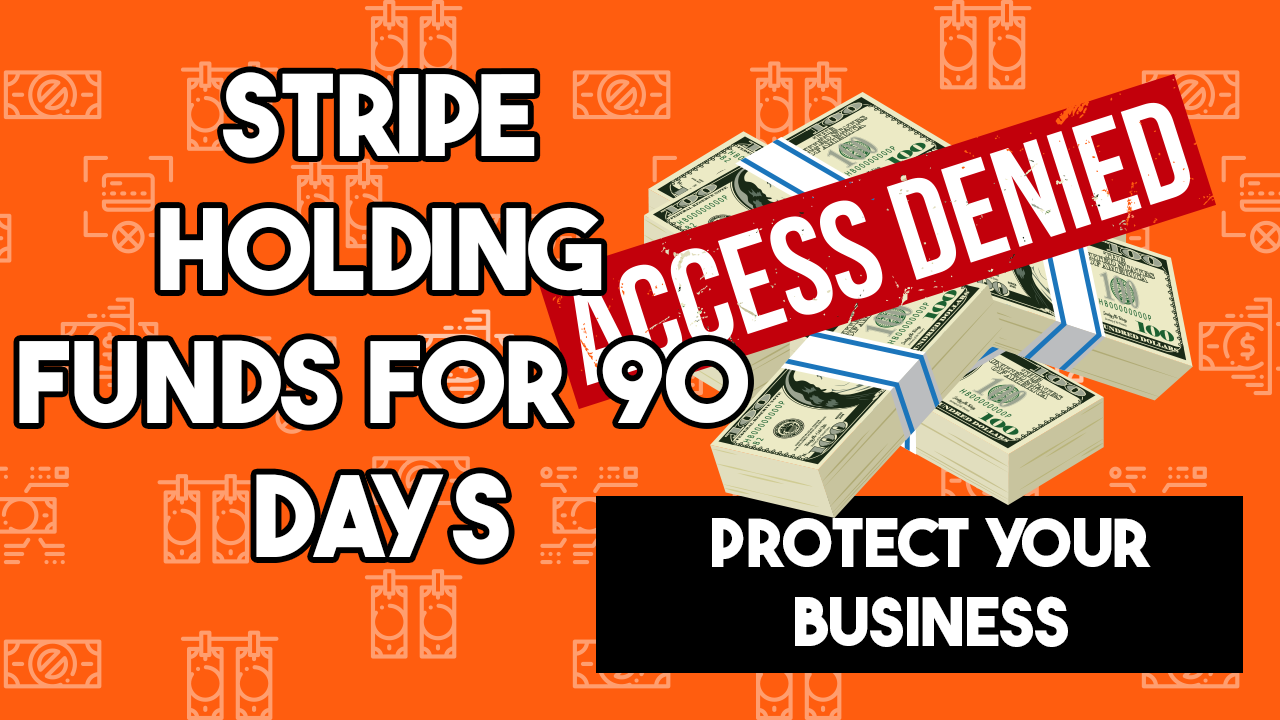Category: Payment Processing
-
How to Migrate from One Payment Processor to Another Without Losing Data
Your payment platform is the heartbeat of your e-commerce operation, enabling transactions, securing sensitive data, and providing a seamless checkout experience for your customers. But what happens when your current payment service provider no longer meets your business needs? Or when a new processor comes along offering better functionality, pricing, or scalability? The answer lies…
Written by

-
Help! Stripe closed my account, what do I do now?
Help! Stripe closed my account, what do I do now? Few situations induce immediate stress for online businesses like receiving a notification that their Stripe account has been closed. With the rapid pace of digital transactions, it’s crucial to resolve this issue efficiently. While some merchants have navigated these murky waters with ease, the majority…
Written by

-
VAU and MAU Will Eliminate Churn on Your Subscriptions, Here’s How
We’ve all felt the sting of chargebacks, faced declines, and grappled with customer churn. These are not just “problems”; they’re actually revenue leaks that can bleed a subscription business dry if not addressed. Enter Visa Account Updater (VAU) and Mastercard Account Updater (MAU), the unsung heroes in the payment ecosystem that can help you overcome…
Written by
-
Text-to-Pay Mobile Payments: The Most Powerful Payment Tool You Aren’t Using
In 2023, the manner in which we transact has dramatically shifted, evolving in tandem with technological advancements. Not too long ago, the concept of making a purchase using anything other than cold hard cash or a physical credit card would’ve been the stuff of sci-fi. But as we journeyed from bartering to coins, from paper…
Written by

-
Stripe Holding Funds for 90 Days? 3 Ways to Continue Processing Payments and Get Your Money Back
Imagine waking up to find that Stripe, which handles a significant portion of your transactions, is holding onto 30% or more of your money due for up to 90 days! That’s the reality for many Stripe merchants; Stripe account balance trapped in the system with no way out for an extended period of time. But…
Written by
